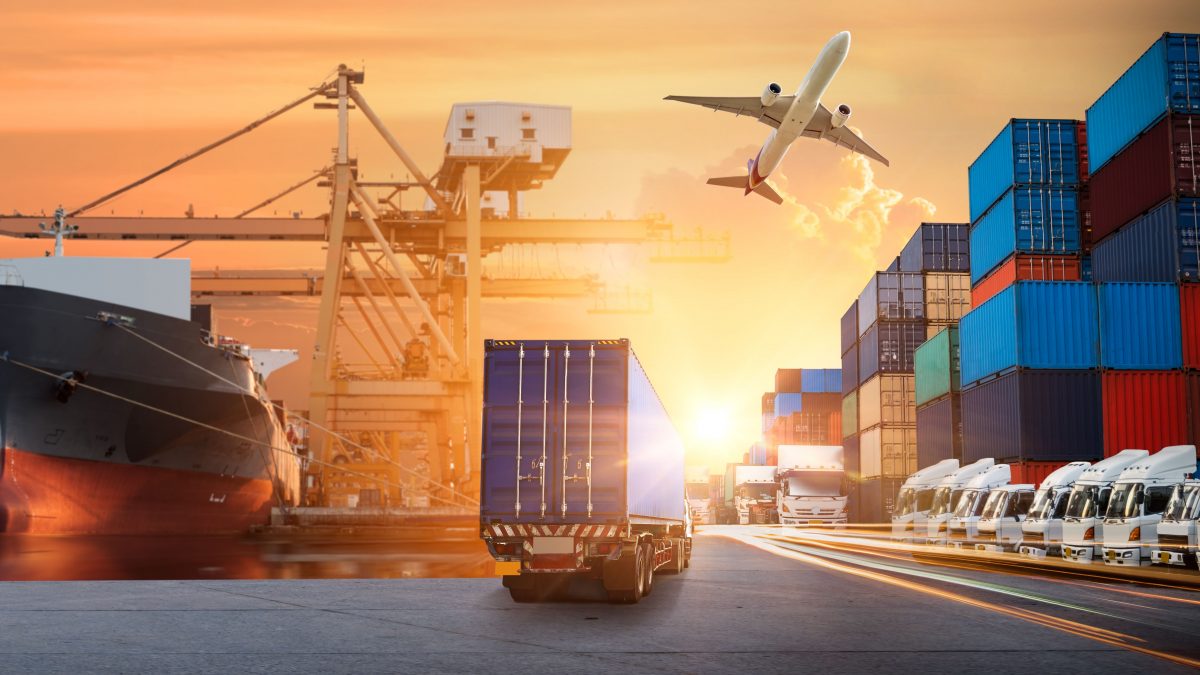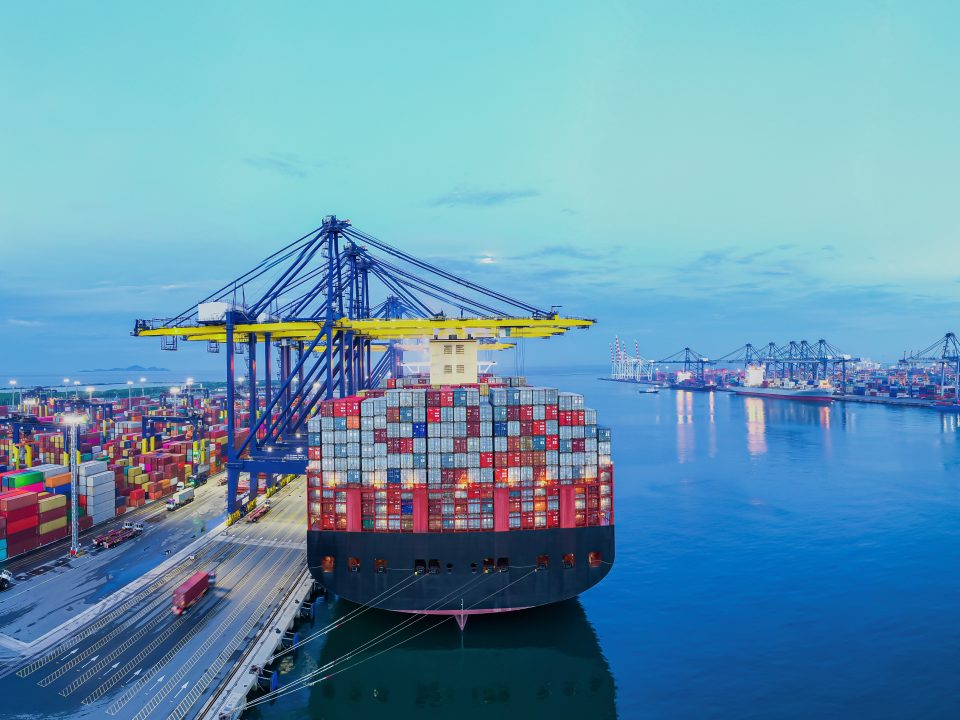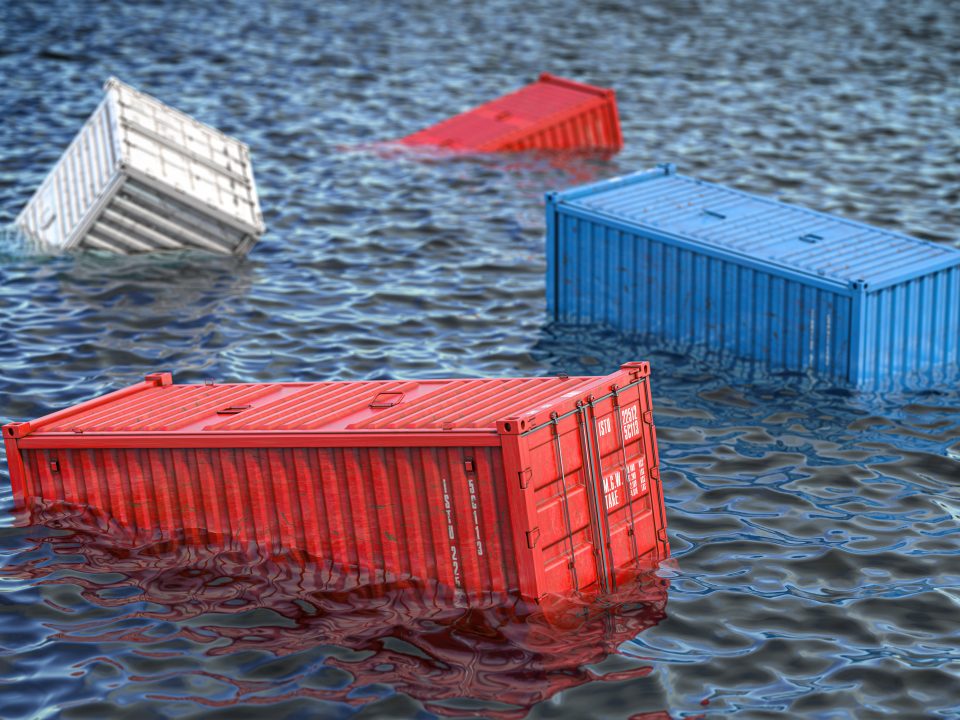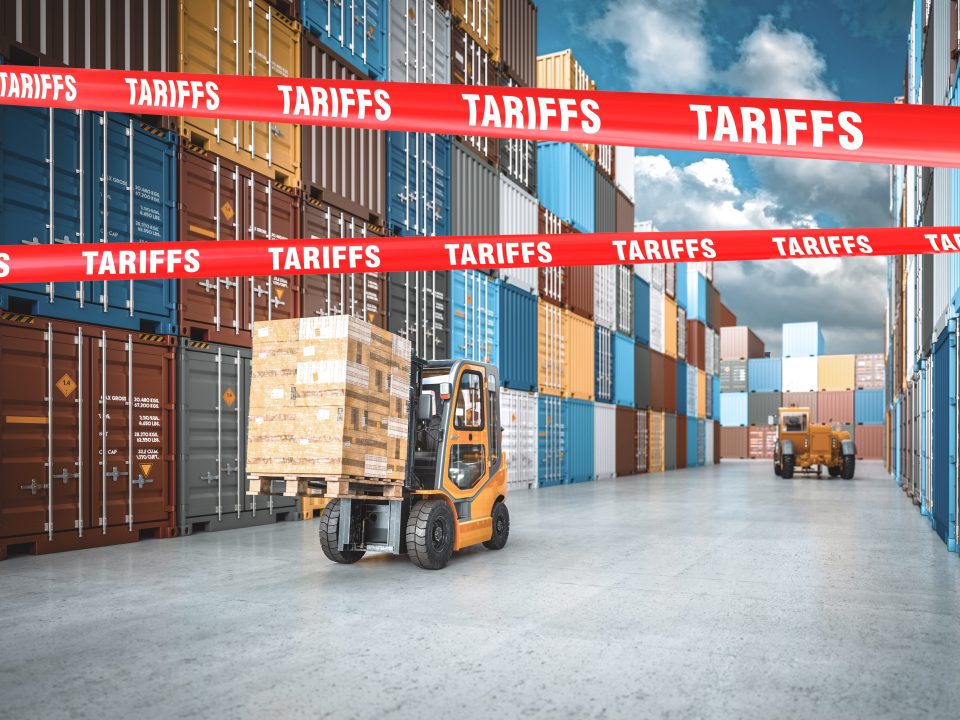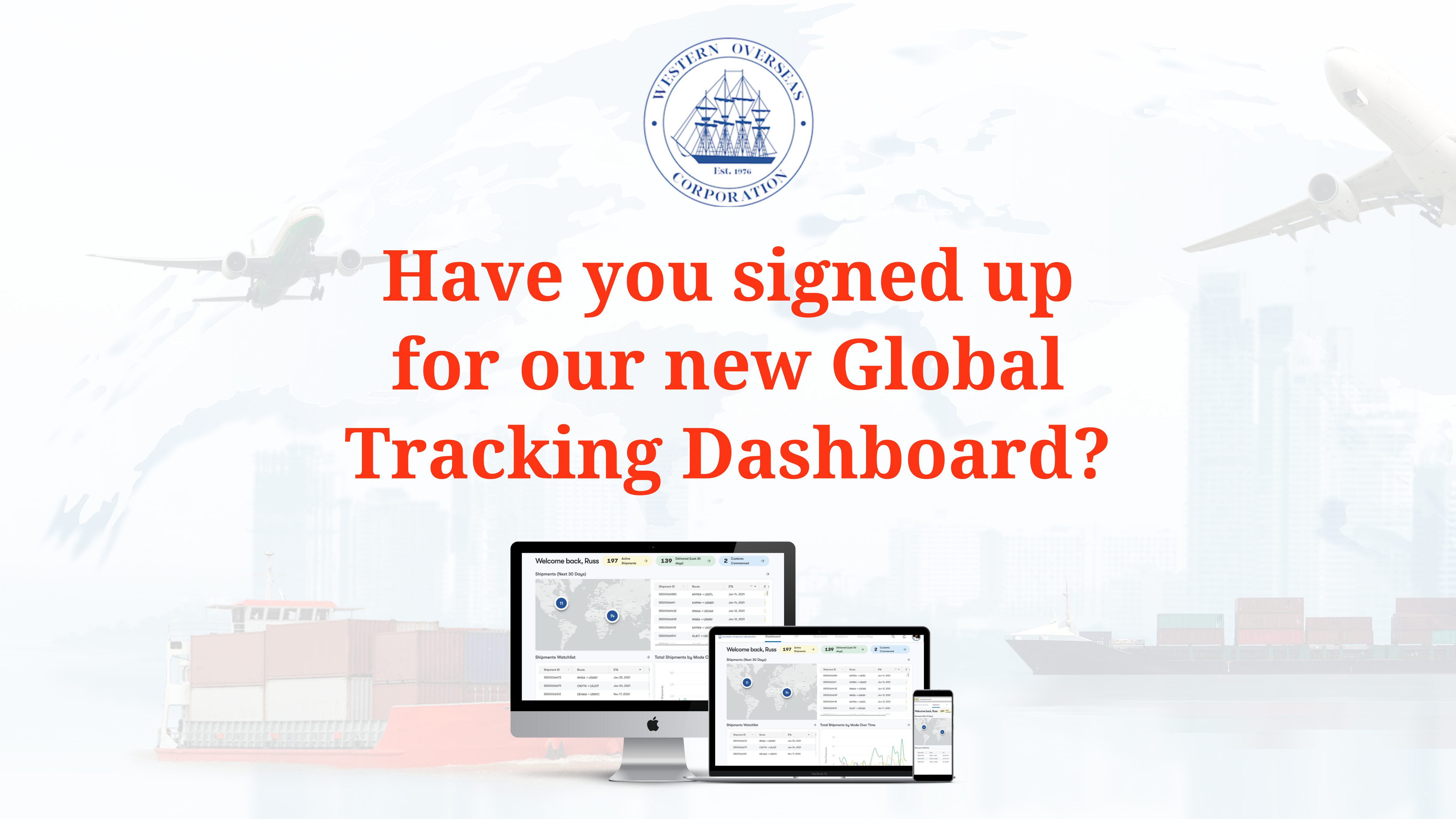
Sign Up For Our New Global Tracking Dashboard Today!
August 10, 2021
Port Congestion Update 08/13/21
August 16, 2021Current Status of the Global Supply Chain
Editorial was written by Aileen Colon on August 9, 2021
The international trade industry is currently faced with higher fees, vessel congestion, and lengthy delays of cargo movement, all of which are creating havoc for the trade industry and consumers. There is fear the congestion will continue until the end of 2022. Is there a way to correct the current situation or will this be the new normal?
Causes: COVID-19
The primary cause of the current situation is related to COVID-19, an identified illness first discovered in China in December 2019. The illness prompted the Chinese government to lock down the city of Wuhan, China in early January 2020.
As COVID spread into a global pandemic, Western Overseas Corporation (WOC) immediately mobilized employees and ensured valued clients continued to receive excellent service. Some WOC employees were rallied to work from home in order to stay safe and healthy, and IT processing systems were implemented to enable employees to continue clearing and moving cargo through U.S. Customs and Border Protection (CBP) and other government agencies at airports and seaports.
Employees in every industry from factory production to packers, truckers, carriers, on-dock labor, and supply chain workers were impacted by the COVID pandemic. Company closures began in March 2020 and are still not fully lifted with continuing health prevention measures in place globally. As businesses slowly reopened and as the economy began recovering, consumers started buying goods in excessive amounts. The maritime and airline industries struggled to process the record cargo volumes, which have not abated.
Effects: Backlogs and Congestion
Backlogs, like traffic jams during a rush-hour commute, have placed a heavy burden on the entire supply chain. The supply chain suffered a massive backup, coupled with workforce shortages as the COVID illness struck the workforce on all levels of the logistics industry. Few industries were immune to the pandemic and while the numbers of stricken workers may be down, COVID variants continue to threaten the workforce. This continues to reduce the production and movement of cargo all over the world.
Effects: Global Container/Equipment Shortages
Unforeseen events left a global shortage of containers, which has caused a domino effect on the supply chain and continues to disrupt local and global trade. In mid-July 2021, it was estimated that 10% of the world’s shipping capacity had been slowed/reduced due to port congestion. From the beginning of the pandemic chassis and containers have been, and continue to be, in short supply.
Effects: Shipping Costs Escalated
Prior to the current pandemic era, vessel carriers were losing money every quarter. Today, vessel carriers are boasting high yield earnings in the billions of dollars, a stark contrast to pre-COVID. Spot container rates are sky high and are expected to increase as demand continues. It is doubtful shipping costs will be reduced until the current consumer demand diminishes.
Effects: Union and Dock Labor
Vessel carriers in the U.S. are represented by the Pacific Maritime Association (PMA), which is a non-profit organization based in San Francisco, CA, representing employers of the shipping industry on the Pacific coast. According to the local International Longshoremen Warehousing Union (ILWU), leaders have quietly stated the union has a sufficient workforce, however, full gang assignments do not appear to be occurring. Terminal Operators, under contract by the carriers, are not assigning full gangs to unload container ships. It appears the unloading operation for vessels is not being done at full capacity, so the supply chain remains sluggish as terminals are clogged with containers stuck on-dock.
It also appears that the PMA may not have provided sufficient funding to enable longshore workers to be certified in specific job assignments, so they are working short-handed. Specific job assignments do require certification and the workforce finds itself short of certified labor, which contributes to the delays in unloading containers. Additional funding for such training is not anticipated until 2022.
Effects: Warehouses/Distribution Centers
The warehouse dwell times also remain high with cargo containers waiting for unloading and empty containers and equipment not being returned to the terminals in a timely manner. This continues to be a source of frustration for the terminal operators, carriers, truckers, and warehouses as the equipment is not being returned immediately.
Questions to Consider:
When will shippers need to stop paying higher shipping freight rates?
Carriers are at full capacity and have little space available and therefore can demand higher shipping fees. Consumer spending, especially in e-commerce, continues to fuel orders as shippers look for available space and pay higher rates.
Are Carriers taking advantage by charging exorbitant rates and at what one point will it reach the pyramid?
Inflation is rearing its ugly head as it is inching up, despite the Federal Reserve’s actions to hold inflation steady. The current U.S. inflation rate is 5.4% for the past 12 months ending in June 2021, after rising 5% previously, according to U.S. Labor Department data published July 13, 2021. The next inflation rate should be released on August 11, 2021. In 2020, it was held to 1.4%.
At what point will consumers stop spending?
Shippers have a need to monitor the trends of consumer buying, to watch for any indication it may start to diminish. Costs for doing business could far exceed what consumers may be willing to pay. Shippers need to take caution to best avoid potential losses caused by getting stuck with ordered merchandise should consuming spending start to slow.
What is affected by a port that is congested?
Vessels, trains, and warehouse space are at near capacity. This is not limited to the West Coast, it is being experienced in ports all around the world. Backlogs have not improved because improvements to the movement of goods through the supply chain are not being realized.
When will congestion be cleared?
The persistent outbreaks of COVID variants continue to cause closures in Vietnam, so factory production is cut. Ports in Eastern China and Central Vietnam are reducing production or have closed factories for an unspecified amount of time. Such a slowdown could realistically allow for catch-up of backlogged vessels, terminal yards, rail yards, and distribution centers, but nothing is guaranteed.
Why are container vessels anchored?
Terminals and container yards are at near full capacity. Vessels must anchor outside the port to wait for an available terminal to allow the unloading of containers. Waiting at anchor causes increased shipping delays as carrier schedules are disrupted and freight availability is severely delayed. The availability of cargo and the ability to schedule truckload pickups are disrupted and difficult to reschedule.
Why are truck fees higher and/or not readily available?
There is a shortage of truckers due to age and retirement, but this is only one cause. Truckers are currently experiencing additional costs related to traveling multiple times to the docks to pick up loads that are not available when the trucker arrives. This increases fuel and labor costs for all parties.
These factors mostly contribute to higher trucking costs as well as the lack of fluid availability to move truck loads. When truckers pick up a load from the dock, they have an option to pick it up later in the evening using PierPass and paying an additional fee, however, most warehouses do not operate 24/7, so the truckers cannot drop the load without additional trips.
What kind of warehouse/distribution space is available?
Most warehouses and distribution spaces are already at or near full capacity. Trucker shortages and cargo availability problems combine to make it difficult to move freight timely and on schedule to its ultimate destination. E-Commerce continues to grow as consumers are on an unprecedented buying spree, which keeps warehouses full and contributes to the continued slowdowns in the supply chain.
Why did rail stop moving goods across the country from the San Pedro Bay Area?
Currently, the entire rail system is strained as gateways are in peak season. In mid-July 2021, rail operations were restricted as BNSF held the movement of rail outbound containers at the LA-LB marine docks that were destined for Chicago. Railyards continue to experience heavy congestion all over the country.
Please contact your Western Overseas representative if you have any questions.


